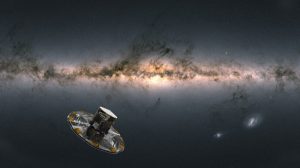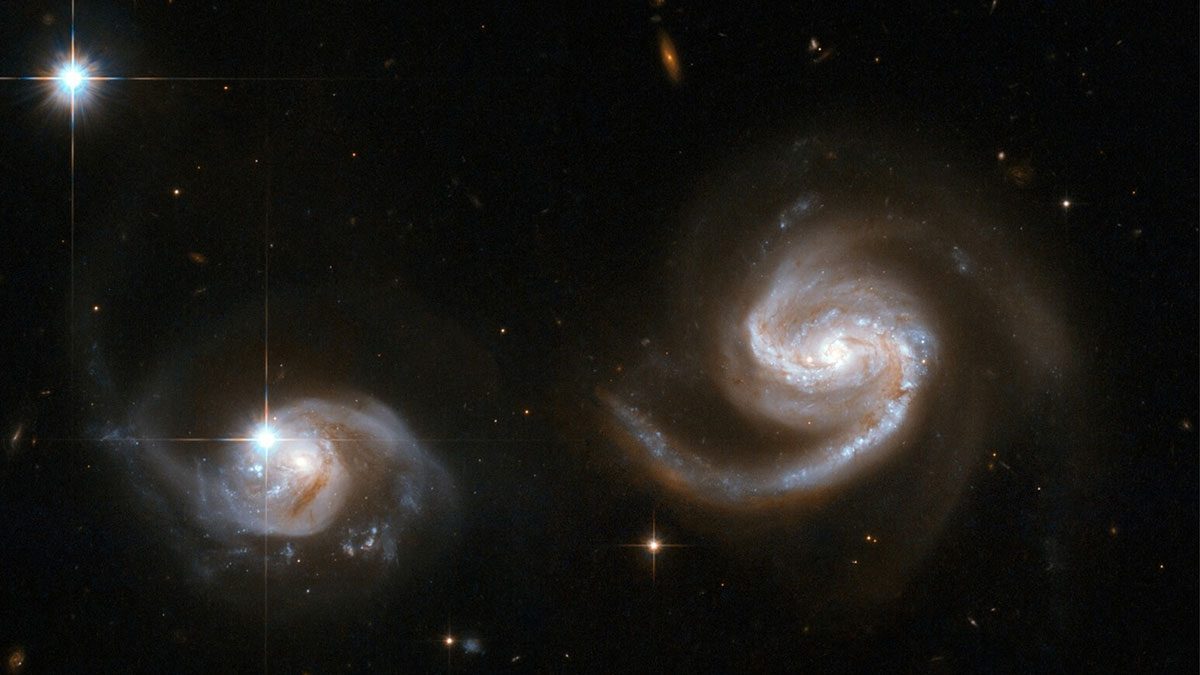

The Gaia mission has been a groundbreaking space project that has been mapping the Milky Way galaxy in unprecedented detail. The Gaia satellite repeatedly scanned the sky, recording the positions and brightnesses of more than two billion stars.
The contribution of Edinburgh academics has been significant, and the mission has led to numerous extraordinary discoveries that have shed light on the structure, evolution, and formation of our galaxy. As the mission continues to generate new data and insights, scientists from across the globe, including those from the University of Edinburgh, will remain at the forefront of this exciting field of research.
The Gaia mission is a European Space Agency (ESA) astrometry project launched in 2013, with the primary aim of creating a highly accurate map of the Milky Way galaxy. The mission is named after the Greek goddess of the Earth. The Gaia mission is a space observatory equipped with advanced telescopes and cameras that capture the light from stars, allowing scientists to determine the positions, distances, and motions of billions of stars and other celestial objects.
Research carried out using Gaia data covers various areas of astrophysics: asteroids within our Solar System, the nearest stars, black holes and other exotic objects within the Galaxy, Galactic star clusters, the origins and star formation history of the Galaxy, stellar populations in nearby galaxies, and even quasars at cosmological distances.
Gaia will likely discover thousands of exoplanets, including some that are similar in size to Earth, and will provide insights into their orbits and properties. The mission has already enabled the discovery of thousands of asteroids and comets, including some that are potentially hazardous to Earth. Gaia's data have provided new insights into the life cycles of stars, including their birth, main sequence lifetime, and death stages.
Gaia has created the most accurate 3D map of the Milky Way, revealing the galaxy's structure, including its spiral arms, central bar, and outer halo.

The University plays a crucial role
The Wide-Field Astronomy Unit (WFAU) – a team of scientists led by Professor Bob Mann – is based in the Institute of Astronomy (IfA), School of Physics and Astronomy. The WFAU team plays a crucial role in the Gaia mission. Funded by the UK Space Agency, Science and Technology Facilities Council (STFC) and the EU's Horizon Europe programme, the WFAU team is responsible for the photometric instrumental calibration of the Gaia data, addressing issues such as image distortions, electronic distortions providing corrective algorithms to the pan-European Gaia Data Processing and Analysis Consortium. This collaboration processes raw telemetry into useful measurements for delivery to the world scientific community at various European supercomputing centres.
The Gaia data consortium is continually processing Gaia data, refining calibration techniques and adding in more data to improve the accuracy of the science-ready catalogues. Periodically, a large data release is made to the world scientific community in support of fundamental research in astronomy and astrophysics.
The mission has been hugely successful, releasing several datasets since its launch, including the Gaia Data Release 2 in 2018 and the Gaia Data Release 3 in 2020. These datasets have revolutionised our understanding of the Milky Way galaxy and have led to numerous scientific discoveries. The fourth data release DR4 comprises over 0.5 Petabytes of science-ready products that are due to arrive at the end of 2026. The fifth and final Gaia data release is to be published in 2030 and its scale is over 1 Petabyte!
Such volume and complex structure of Gaia data requires high-performance computing platforms to enable the large-scale statistical analyses to extract the most science from this unprecedented dataset. A prototype Cloud-hosted data mining platform for Gaia developed by Edinburgh WFAU team has been in operation for several years, and the project is now scaling up in preparation for Gaia DR4. The platform, operated with resilient distributed dataset maintained in a fault-tolerant way, is being rolled out in academic Clouds at the Edinburgh Parallel Computing Centre, Somerville infrastructure and similar facilities at the Cambridge and Barcelona universities' supercomputing centres.
Gaia made its last
observations on 15 January 2025 and left its orbit to a heliocentric
orbit away from Earth. The mission has since entered a post-operations
phase to complete Data Release DR4, and publish the most complete final
Gaia Data Release, DR5, by the end of 2030. After the mission ends, the
legacy of Gaia will continue, as scientists and astronomers will spend
years analysing the vast amounts of data collected, making new
discoveries, and advancing our understanding of the universe.